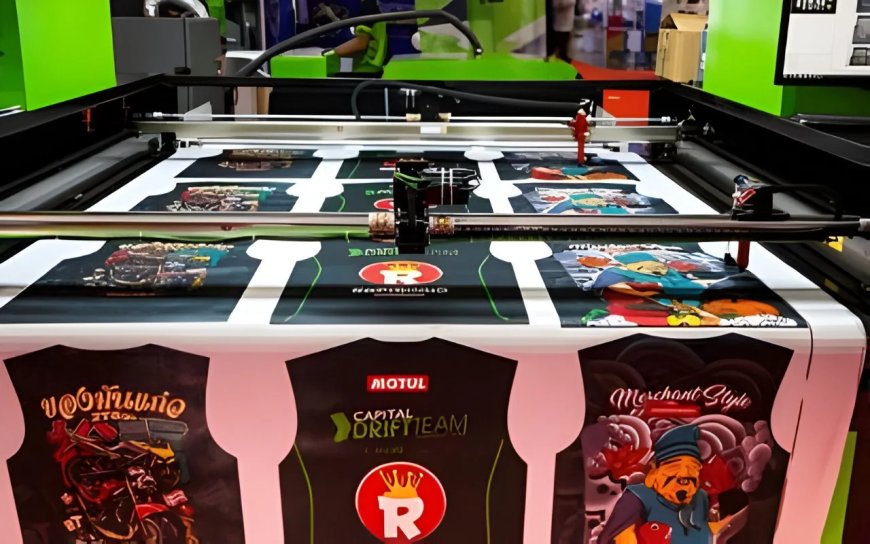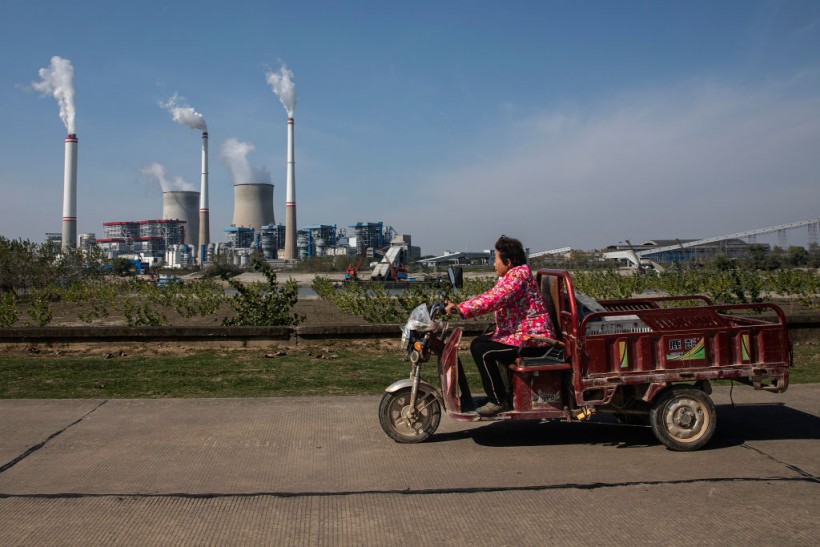How to Treat and Process Fabrics for Optimal Performance

To achieve optimal fabric performance, whether for everyday wear, activewear, or home furnishings, the treatment and processing of fabrics are crucial steps. The right combination of preparation, treatment, and finishing can transform a raw fabric into a high-performance textile that meets the specific needs of comfort, durability, and functionality. Here's how to treat and process fabrics to maximize their potential and ensure they perform at their best.
1. Start with the Right Raw Materials
The foundation of any fabric’s satisfactory performance begins with the choice of raw materials. Whether you're working with natural fibers like cotton, wool, and linen, or synthetic fibers such as polyester, nylon, and spandex, understanding the inherent properties of the material is essential. Each fiber has its own strengths—cotton is soft and breathable, wool is warm and moisture-wicking, and synthetics are durable and resistant to wear. Choosing the right material for the intended application ensures the fabric performs well in its intended environment.
2. Proper Fiber Preparation
Before spinning fibres into yarns, they must be properly prepared. For natural fibres, this includes processes like carding or combing to align the fibres and remove impurities. For synthetic fibers, processes like extrusion help produce uniform, strong filaments. Proper preparation results in a more uniform yarn, which is crucial for consistent fabric quality. This stage also helps to reduce the chances of pilling or unravelling, which can degrade fabric performance over time.
3. Spinning: Creating Strong and Consistent Yarns
Spinning is the process where fibres are twisted into yarns, and it directly impacts the strength, texture, and durability of the fabric satisfactory. The spinning technique used—such as ring spinning, open-end spinning, or air-jet spinning—affects the final fabric’s characteristics. For optimal performance, it's important to select the right type of spinning method based on the desired outcome: fine, strong threads for durability, or thicker yarns for a plush, soft feel. Consistency in yarn thickness and twist also ensures a high-quality final fabric.
4. Weaving or Knitting: Structure and Flexibility
Once the yarns are prepared, they are woven or knitted to form fabric. The method of construction affects the fabric’s strength, stretch, and drape. Woven fabrics are typically stronger and more stable, making them ideal for structured garments like dress shirts or trousers. Knitted fabrics, on the other hand, offer greater flexibility and stretch, making them ideal for activewear or casual clothing. Understanding the properties of different weave patterns (e.g., twill, satin, or plain weave) or knit structures (e.g., jersey or rib knit) allows manufacturers to design fabrics that meet performance requirements.
5. Chemical Treatments for Functionality
Chemical treatments play a significant role in enhancing fabric performance. Depending on the intended use, fabrics may undergo treatments like water-repellent coatings, flame retardants, or anti-microbial finishes. Water-repellent treatments help fabrics resist moisture, making them ideal for outerwear or performance gear. Flame retardant finishes are essential for safety applications, while anti-microbial treatments are popular in activewear and hospital linens. These finishes can significantly improve the fabric’s functionality without compromising its appearance or comfort.
6. Dyeing and Color Retention
The dyeing process not only gives fabrics their color but can also affect their performance. Different dyeing techniques, such as reactive dyeing, vat dyeing, or solution dyeing, offer different levels of color vibrancy, wash-fastness, and resistance to fading. Fabrics that retain their color after multiple washes are essential for high-performance items like uniforms or activewear. The use of low-impact dyes and sustainable dyeing techniques also ensures that fabrics are not only performance-driven but also eco-friendly.
7. Mechanical Finishing for Texture and Durability
Mechanical finishing treatments, such as calendering, singeing, or brushing, add the final touches to fabric texture. These processes can make fabrics smoother, softer, or even more durable. Calendering, for example, smooths fabric and can give it a glossy finish, while brushing creates a soft, plush feel. Other finishes, like shearing or mercerization, can add strength and improve the fabric’s ability to hold its shape. These processes refine the texture and enhance the fabric’s overall performance, making it more suitable for its intended use.
8. Shrinkage Control
Pre-shrinking is essential for fabrics that are likely to shrink after washing, such as cotton or wool. Fabrics can be treated to minimize shrinkage, ensuring that garments maintain their fit after multiple washes. Shrinkage control can be achieved through various methods, including the use of heat, steam, or chemical agents during the finishing process. This is particularly important for garments like shirts, trousers, or linens, where size and fit are critical for customer satisfaction.
9. Post-Production Testing and Quality Control
To ensure optimal performance, fabrics must undergo thorough testing after processing. This includes evaluating the fabric’s strength, colorfastness, stretchability, breathability, and resistance to wear. Various tests, such as tensile strength tests, abrasion resistance, and washability trials, help assess how the fabric will perform over time. Rigorous quality control ensures that only fabrics that meet high standards for durability, comfort, and performance are sent to customers.
10. Sustainable Fabric Processing
As sustainability becomes increasingly important, eco-friendly fabric processing is a growing trend. Techniques such as waterless dyeing, biodegradable finishes, and the use of recycled fibers help reduce the environmental impact of fabric production. By focusing on sustainable practices, manufacturers can create high-performance fabrics that are not only effective but also environmentally responsible.
Conclusion: Maximizing Fabric Performance
Treating and processing fabrics for optimal performance is a complex and multi-step process that requires attention to detail at every stage. By carefully selecting fibers, using advanced spinning and weaving techniques, and applying the right finishing treatments, manufacturers can create fabrics that excel in durability, comfort, and functionality. As consumer demands evolve, the ability to produce high-performance fabrics that meet a wide range of needs—from activewear to luxury textiles—becomes increasingly important. By investing in these processes and innovations, textile manufacturers can create products that not only satisfy customer needs but also stand the test of time.
What's Your Reaction?























